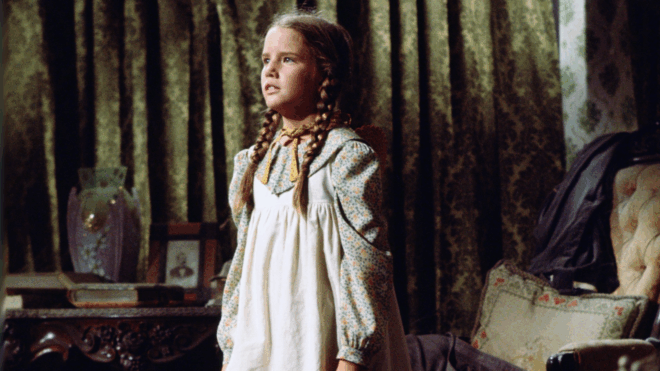
How much would you pay for a house that you couldn't live in? I'm sure $38 million isn't the number that popped into your mind. Absurd, right? Harry Macklowe doesn't seem to think so. The New York City real estate developer and investor's mansion-for-sale doesn't have a certificate of occupancy, meaning that whoever buys the home won't be legally able to actually live in it.
Macklowe reportedly illegally cleared land on the property and built additions without having the right permits, which ended up endangering the wetlands. He gathered fines for over 21 violations that he hasn’t paid in five years, according to East Hampton Village officials.
An inside source said: “It’s insane. He ripped out decks and did whatever he wanted. He illegally cleared land and built without permits — just like he did on West 44th Street.” The source was referring to Macklowe's 1985 move of hiring a mob-run company to blow up four buildings on NYC's West 44th Street in the middle of the night without city permits, just hours before the city started to enforce a ban on razing single room occupancy buildings.
Though the demolition put people's lives in danger at the time, the now 87-year-old only had to pay a $2 million fine. He escaped indictment because “criminal intent” couldn't be proven, according to the Manhattan District Attorney.
More From LittleThings: Demolition Of Marilyn Monroe's Los Angeles Home Is Halted After Public Demand Saves House
hamptons-mansion-for-sale-but-cant-live-in-it-3
“The house is also highly leveraged to the hilt,” the source continued. “There is no justification for asking $38 million. The house comes with legal complications and it’s not even on the pond. It’s worth no more than $12 to $15 million.”
Macklowe ended up suing the East Hampton Village Zoning Board of Appeals after it declined to retroactively approve his illegal actions. The case is currently ongoing. However, East Hampton Village building inspector Thomas Preiato says that the developer “can sell the house, but no one can occupy it.”
“He had a certificate of occupancy for the home back in 2017. But it is no longer valid because of all the fines he hasn’t paid,” he said. “He put the wetlands in danger. We have a wetlands code for a reason. It’s concerning.”
Macklowe paid $10.35 million for the mansion in 2017. Following his purchase, he cleared land and built too close to wetlands without getting permits, village authorities said. The house, sitting on 2.7 acres, has four bedrooms and comes with a pool. It's also surrounded by preserved land.
Reportedly, the developer admitted to the East Hampton Village Zoning Board of Appeals in 2019 that he didn’t have the permits he needed for construction or to clear the wetlands, but made the decision to do it anyway. “The great majority of the improvements that we’re coming to you for approval for have already been done. They were built without the benefit of a building permit, or variances or a wetland permit from this board," Richard Whalen, his former lawyer, told the board.
“More than 21 charges have been filed several times since 2019, and there is a stop work order issued from February 11, 2019, but they were done at that point. They had gotten what they wanted,” Preiato said. “It’s tough. It’s been going on for a while. Someone is feeling some kind of entitlement, like they aren’t subject to the codes, but when you are impacting bodies of water, it’s more serious than a patio too close to the line.”




